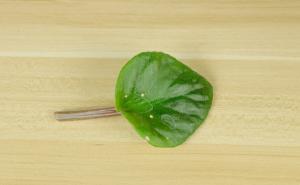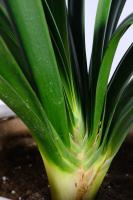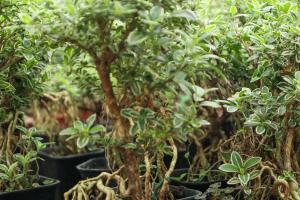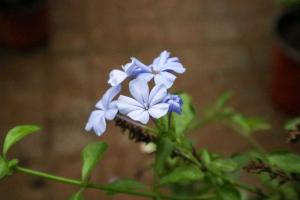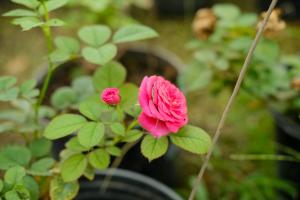How to Grow a Bonsai Plant: A Comprehensive Guide
Bonsai plants have been enjoyed as a form of art for centuries. These small trees are carefully cultivated to create a beautiful aesthetic, and they require a lot of patience and attention to detail. If you are interested in growing a bonsai plant of your own, this guide will provide you with everything you need to know.
Section 1: Choosing the Right Plant
Bonsai plants can be made from a variety of different tree species, each with its own unique characteristics. It is important to choose a plant that is suited to your environment and your skill level. If you are a beginner, you may want to start with a hardy species like a juniper or a pine. These trees are more forgiving and can tolerate a wider range of growing conditions.
Section 2: Preparing the Soil
Bonsai plants require a specialized soil mix that is designed to provide the right balance of nutrients and allow for proper drainage. You can purchase a pre-made bonsai soil mix or create your own by combining peat moss, vermiculite, and perlite. It is important to ensure that the soil is well-draining, as bonsai plants do not like to sit in water.
Section 3: Pruning and Shaping
Pruning and shaping are essential components of growing a bonsai plant. These techniques allow you to control the growth of the plant and create the desired aesthetic. Pruning involves removing unwanted branches and leaves, while shaping involves manipulating the remaining branches and foliage. It is important to be patient and take your time when pruning and shaping, as it can take years to achieve the desired result.
Section 4: Watering and Fertilizing
Bonsai plants require regular watering and fertilizing to thrive. It is important to water the plant when the soil starts to feel dry, but be careful not to overwater, as this can lead to root rot. Fertilizer should be applied every two to three weeks during the growing season, and it is important to use a fertilizer that is designed specifically for bonsai plants.
Section 5: Repotting
Bonsai plants need to be repotted every two to three years to prevent the roots from becoming root-bound. Repotting involves carefully removing the plant from its pot, trimming the roots, and placing it in a new pot with fresh soil. It is important to choose a pot that is the right size for the plant and to ensure that the soil is well-draining.
Section 6: Displaying Your Bonsai Plant
Once your bonsai plant has reached the desired size and shape, it is time to display it. Bonsai plants can be displayed in a variety of different ways, including on a stand or in a traditional bonsai pot. It is important to choose a display option that complements the aesthetic of the plant and enhances its beauty.
In conclusion, growing a bonsai plant requires a lot of patience and attention to detail, but it can be an incredibly rewarding experience. By choosing the right plant, preparing the soil, pruning and shaping, watering and fertilizing, repotting, and displaying your plant, you can create a beautiful work of art that will bring joy and beauty into your life for years to come.

 how many times do yo...
how many times do yo... how many planted tre...
how many planted tre... how many pine trees ...
how many pine trees ... how many pecan trees...
how many pecan trees... how many plants comp...
how many plants comp... how many plants can ...
how many plants can ... how many plants and ...
how many plants and ... how many pepper plan...
how many pepper plan...